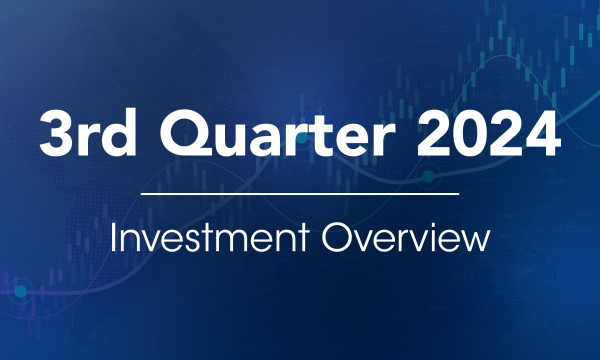What to consider before pulling from your investments

Investments are typically viewed as a long-term commitment — a financial vessel sailing toward your financial future goals, riding the waves of market cycles over time. However, life doesn’t always follow a predictable course, and while you and your financial advisor are the only people who can determine that for sure, there are some exceptions in which tapping into your investments may make sense. We’ll talk about some of those situations here, as well as what might happen when you pull from your investments.
Why you might consider withdrawals
Hopefully you’ve been working on socking away money into an emergency savings account that you can pull from before needing to access your investments. But sometimes even those dollars won’t cut it, and you may find yourself needing to turn to your investments for an extra cash infusion. Here are some of those scenarios where it might make sense.
- Critical medical expenses. Facing unforeseen and significant medical costs may warrant accessing your investments. Health is paramount, and in times of urgent medical needs, your investments can serve as a financial lifeline. You’ll want to be mindful of potential tax implications and explore any available hospital financing options before making withdrawals, weighing the benefits and drawbacks of each.
- Job loss or income reduction. In the event of a sudden job loss or substantial income reduction, your investments can serve as a temporary bridge to cover essential living expenses. Prioritize creating a budget to manage your finances efficiently during this challenging time.
- Other financial hardship. If you are facing divorce, foreclosure, or permanent disability, withdrawing from your investments may be your next (and best) move. These are unique-to-you real-life situations, and may warrant accessing your employer’s retirement plan as a financial hardship, but this isn’t a go-it-alone situation. Pull in your team of trusted financial professionals to determine the best way to move forward.
- Debt repayment for high-interest loans. If you find yourself burdened with high-interest debt, such as a mountain of credit card debt, using a portion of your investments to payroll could be financially savvy — but as always, we recommend you check out other options first. It could be that the interest savings over time may outweigh the potential returns on the invested amount, or it could also mean that your money safely tucked away in your investment isn’t there when you need it. Before you pull from your investments, we recommend having a chat with your creditors to ask about settlement options or other ways to reduce your burden.
- Educational opportunities. While education is an investment in itself, unexpected opportunities may arise and require immediate funding. Whether it’s a career-enhancing course, a degree that would help you level up professionally, or an educational opportunity for your children, leveraging your investments might be a strategic decision, if you have first pursued other avenues.
A word about your 401(K)
Up until now, we’ve primarily been talking about investments in general, but we wanted to speak to employer retirement plans, specifically 401(k)s, for just a moment because, for many, that may present the bulk of your investments.
You may be able to borrow money from your 401(k), but only if your employer’s plan allows it. Retirement plan loans are different from withdrawals and the hardship distributions we referenced above (which are also up to the plan administrator). If your plan permits borrowing, you’ll want to check with them for details, including rules and repayment schedule. A loan is different from simply withdrawing money (also called a distribution), which will trigger tax withholdings and a possible penalty. These distributions are included in your gross annual income and may be subject to additional taxes, but they aren’t repaid to the plan. This means they permanently lower your account balance at work.
Cautionary considerations
While we’ve mentioned some of these already, here are some things you’ll want to consider before tapping into any investment:
- Tax implications. Before making any withdrawals, be aware of potential tax consequences. Consult with a tax professional to understand the implications of pulling money from specific investment accounts.
- Long-term impact. You’ll want to assess the long-term impact of withdrawing funds on your financial goals. Aside from your home, your investments — including your workplace retirement plan — make up most of your overall wealth.
- Investment strategy re-evaluation. If you find yourself needing to withdraw from your investments, or even considering this option frequently, take the opportunity to reinvest and reassess your investment strategy. Ensure it aligns with your current financial situation, goals, and risk tolerance.
We’re here to help
While pulling money from investments should generally be a last resort, there are rare exceptions where it can be a strategic move. Each financial situation is unique, so it’s crucial to carefully evaluate the circumstances, potential consequences, and alternative options before making any decisions. Questions? We’re here to help!
Learning Center articles, guides, blogs, podcasts, and videos are for informational purposes only and are not an advertisement for a product or service. The accuracy and completeness is not guaranteed and does not constitute legal or tax advice. Please consult with your own tax, legal, and financial advisors.
|




